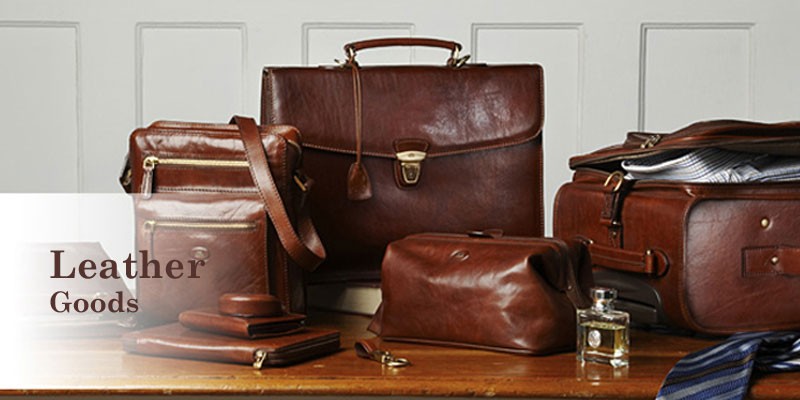The ensuing markings and wrinkles on certain hide, should be thought about area of the hides natural splendor and uniqueness. There are numerous types of leathers and leather treatment procedures for tanning and finishing leather. The leather useful for creating bags, is really a by-product of farming and food production. In the manufacturing of leather, each tannery has its own techniques and recipes for making consistency and color variations. Following the covers are tanned, dyed and finished as preferred, experienced craftsmen carefully select covers that match in color and texture. Each hide is cut yourself from designs that symbolize differing of the bag.
These parts are then stitched into your final product. Skilled leather satchel washing is advised when required for leather bags. Never use conventional dry washing methods to clean leather products and services as washing leather differs from material cleaning in several ways. Unlike fabric, leather has oils that protect and maintain the looks and living of a bag. Eliminating these oils reduces the hide’s suppleness. The substances used to completely clean leather usually take away the oils as well as the undesired dirt. These oils must certanly be restored by a professional leather cleaner.
The higher the caliber of a cover of epidermis, the less it has to be treated. In reasonably limited quality cover or epidermis, the total natural grain is maintained and exposed. One should start to see the “fat creases,” the organic markings, and the sense or hand must be supple and normal to the touch. Transforming covers and cases in to leather is done in three basic stages: pre-tanning, tanning, and finishing. Whatever is performed to an item of leather following it is tanned is area of the concluding process. This may contain: dyeing, running, pushing, spraying, plasticizing, lacquering, antiquing, waxing, buffing, snuffing, embossing, glazing, waterproofing, stain-proofing, flame-proofing, or any other post-tanning treatment.
Full-grain leathers are color-treated just by translucent aniline plant dyes, which shade or shade the themes without concealing or obscuring natural marks or grain character. Some decrease quality leathers, have now been treated with a coating of pigmentation to greatly help also out the color. Genuine, organic, un-pigmented and un-plasticized leather may breathe, thus maintaining their unique structure. If the top of the leather has been plasticized, as may be the case for some fan quality leathers, the leather cannot breathe and may become rigid and woody. Subsequent, is really a small overview of the finest forms of leather.
Napa leather: Originally, only sheepskin was referred to as “napa.” Nevertheless, lately, the term “napa” is now an adjective meaning “delicate,” as in “napa cowhide;” this is just a misnomer. If it seems excellent and feels excellent, it’s probably, but not always a better, more expensive rank of leather. A napa leather, or sheep/lambskin, is naturally among the softest leathers and is best in “give” to a baby’s skin. The most effective leather is whole feed leather. The reason why it is better is because it’s usually the strongest the main leather.
At the top of the epidermis, or epidermis level, materials are stronger together and ergo stronger. In order to be viewed “full grain leather” the leather cannot have now been buffed or sanded on the top. Thus, at the outer lining the leather fibers are most strongly inter connected, and thus strongest. When some of these fibers are buffed (sanded) in order to reduce the amount of clear spots, leather’s natural power diminishes. Only the very best (least damaged) themes can be utilized for making full feed leather. The more natural the color and prime coatings, the more translucent they are. These transparent colors usually are aniline.
